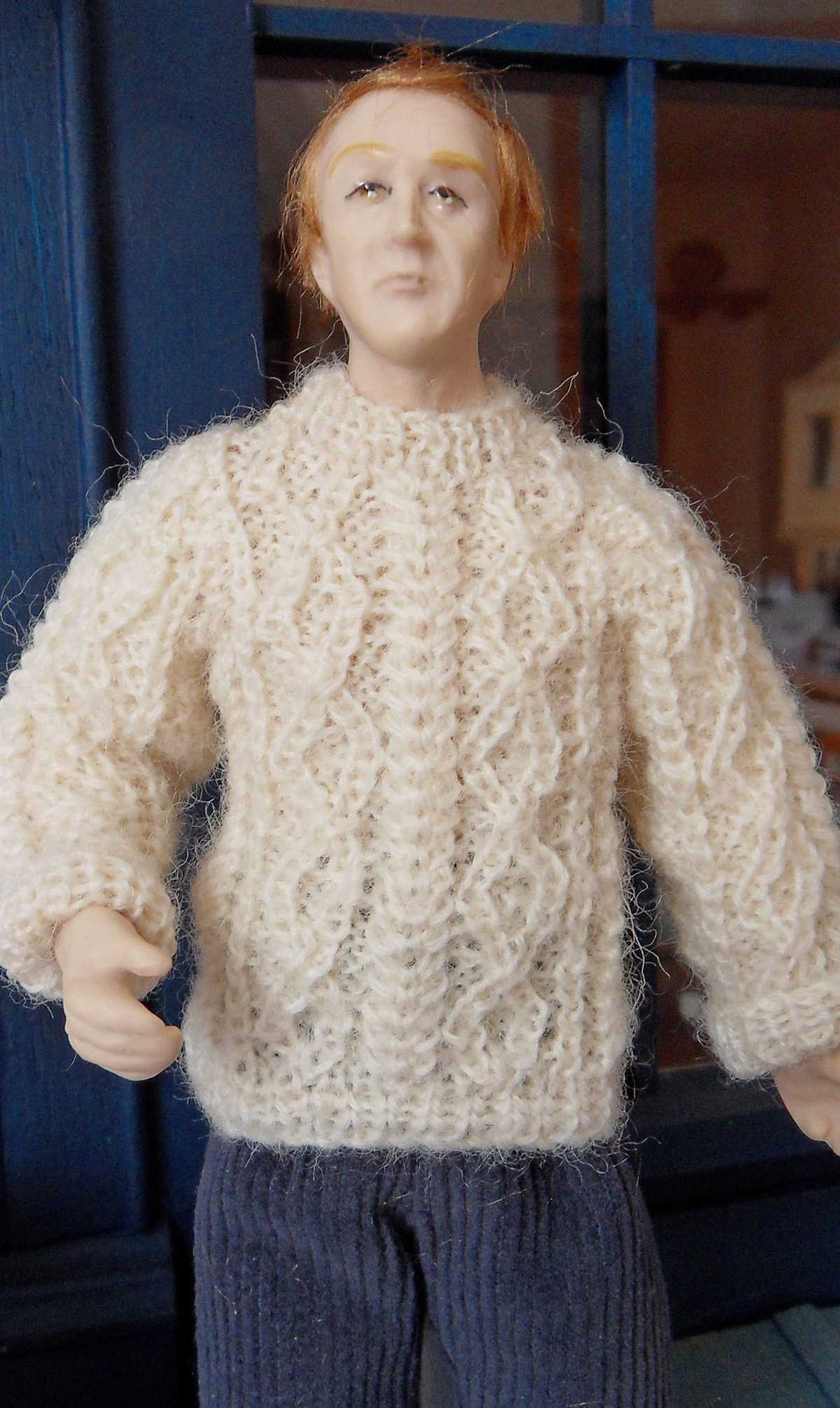
If you are into knitting, you know how beautiful and intricate this craft can be. From large, cozy scarves to adorable tiny animals, knitting allows you to create amazing things with just a pair of needles and some yarn. Miniature knitting patterns take this creativity to a whole new level. These patterns are designed for small-scale projects, such as dolls, toys, and dollhouse accessories. Whether you are a beginner or an experienced knitter, miniature knitting can be a fun and rewarding way to expand your skills and create tiny treasures.
One of the best things about miniature knitting patterns is that there are many available for free. These patterns can be found online, in books, and even in knitting magazines. They cover a wide range of projects, from clothing for dolls and miniature animals to tiny household items like tea cozies and throw pillows. No matter what your interests or skill level, you are sure to find a pattern that suits your needs.
Using miniature knitting patterns allows you to experiment with different techniques and stitches on a smaller scale. This can be especially helpful if you are new to knitting or want to practice a particular stitch before using it in a larger project. The small size also means that these projects knit up quickly, so you can enjoy the satisfaction of completing a project in a short amount of time.
What are miniature knitting patterns?
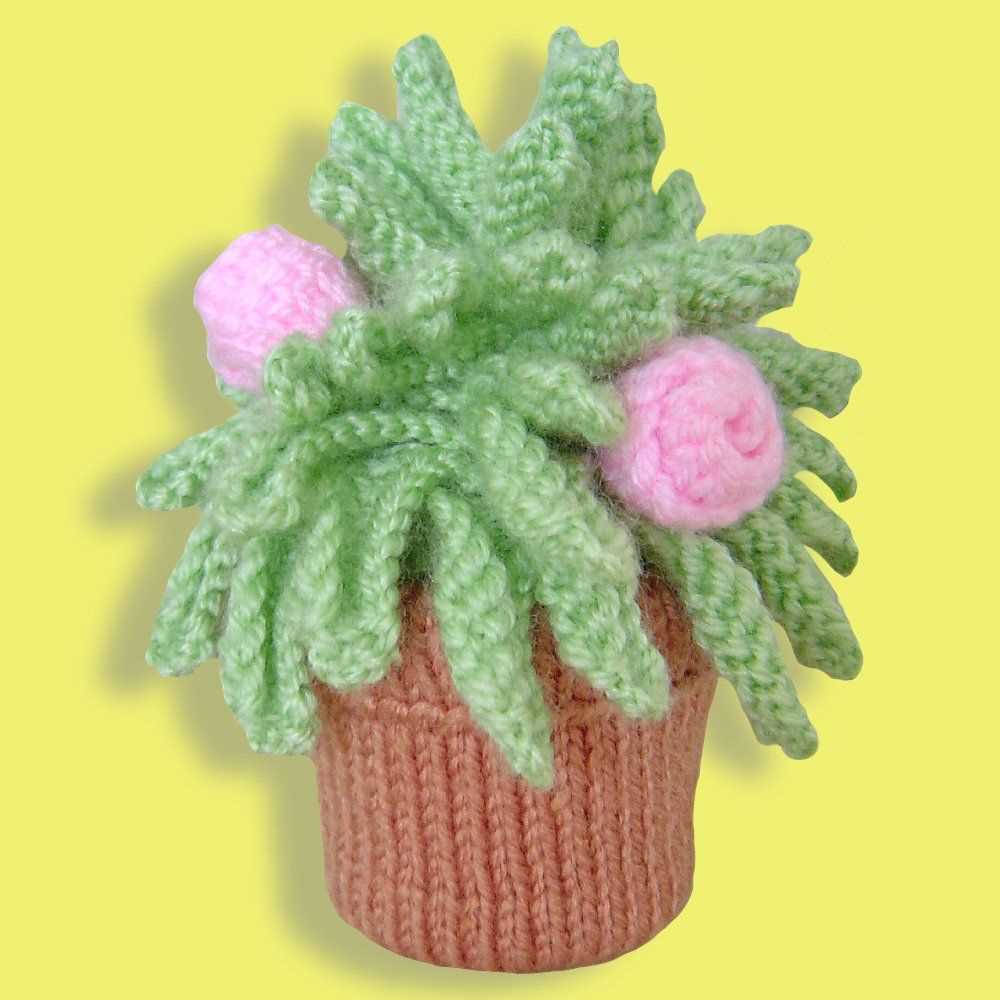
Miniature knitting patterns are knitting patterns designed specifically for creating small-scale knitted items. These patterns are often used to create miniatures for dollhouses, teddy bears, baby clothing, and other small objects. They typically involve using fine yarn and small knitting needles to achieve the desired size and detail.
Miniature knitting patterns can range from simple designs, such as basic sweaters or hats, to more complex patterns that include intricate stitching and detailing. These patterns may also include instructions for creating miniature accessories, such as tiny mittens, socks, or scarves. The goal is to create realistic and proportional miniatures that look like scaled-down versions of full-sized knitted items.
Some miniature knitting patterns may be available for free online, while others may be sold as downloadable PDFs or in knitting books. These patterns often include detailed instructions, stitch charts, and measurements to ensure that the finished product is true to scale. They may also include tips and tricks for working with small needles and fine yarn, as well as suggestions for embellishments and finishing techniques.
Whether you’re an experienced knitter or just starting out, miniature knitting patterns can be a fun and challenging way to expand your knitting skills. They offer the opportunity to work on intricate projects that require attention to detail and precision. Plus, the finished miniatures can be used for display, play, or gifting, adding a special touch to any project.
Why use miniature knitting patterns?
Miniature knitting patterns offer a unique and challenging way to engage in the art of knitting. These patterns are specially designed to create intricate and detailed knitted items in a much smaller scale, often using tiny needles and fine yarn.
One of the main reasons to use miniature knitting patterns is the satisfaction and sense of accomplishment that comes from creating such intricate pieces. The level of detail required in these patterns can be a great source of pride for knitters, and completing a project can be incredibly rewarding.
Miniature knitting patterns are also a great way to experiment with new techniques and skills. With smaller projects, knitters can try out different stitches, patterns, and construction methods without committing to a larger, more time-consuming project. This allows for more creativity and exploration in the knitting process.
In addition, miniature knitting patterns make it possible to create unique and customized items. By selecting different patterns and colors, knitters can personalize their miniature knitted pieces to suit their own preferences or the preferences of the recipient. This level of customization adds a special touch to the finished product.
Finally, miniature knitting patterns can be a fun and enjoyable way to relax and unwind. The small scale and repetitive nature of the knitting process can be meditative and soothing, providing a sense of calm and focus.
Key benefits of using miniature knitting patterns:
- Satisfaction of creating intricate pieces
- Opportunity to experiment with new techniques
- Ability to customize and personalize knitted items
- Relaxation and stress relief
Tips for using miniature knitting patterns
Miniature knitting patterns can be a fun and challenging way to create tiny knitted items for dolls or miniature displays. Here are some tips to help you make the most of these patterns:
1. Use thin yarn and small needles
When working with miniature knitting patterns, it’s important to use thin yarn and small needles in order to achieve the desired scale. Lace weight or fingering weight yarns are often recommended, along with needles in the range of US sizes 000-2. Be sure to check the pattern for any specific recommendations on yarn and needle sizes.
2. Pay attention to gauge
Because miniature knitting patterns require such small stitches, it’s crucial to pay attention to gauge. Even slight variations in tension can make a big difference in the finished size of the piece. Take the time to make a gauge swatch before starting the project, and adjust your needle size if needed to achieve the correct gauge.
3. Read the pattern carefully
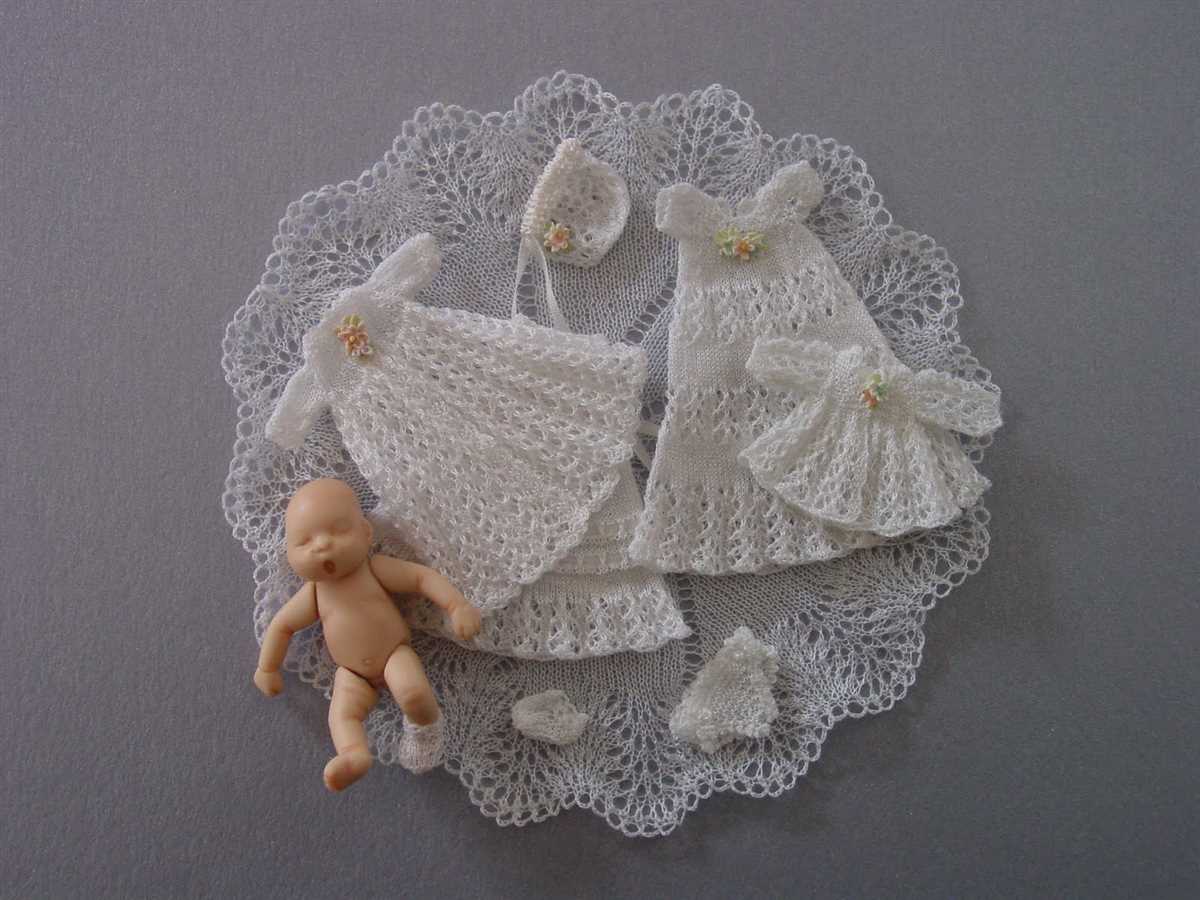
Miniature knitting patterns can be complex, with detailed instructions for shaping and finishing. Take the time to read through the entire pattern before you begin, and make note of any special techniques or abbreviations used. It can also be helpful to highlight or circle important sections as you go along, to keep track of where you are in the pattern.
4. Take breaks and rest your eyes
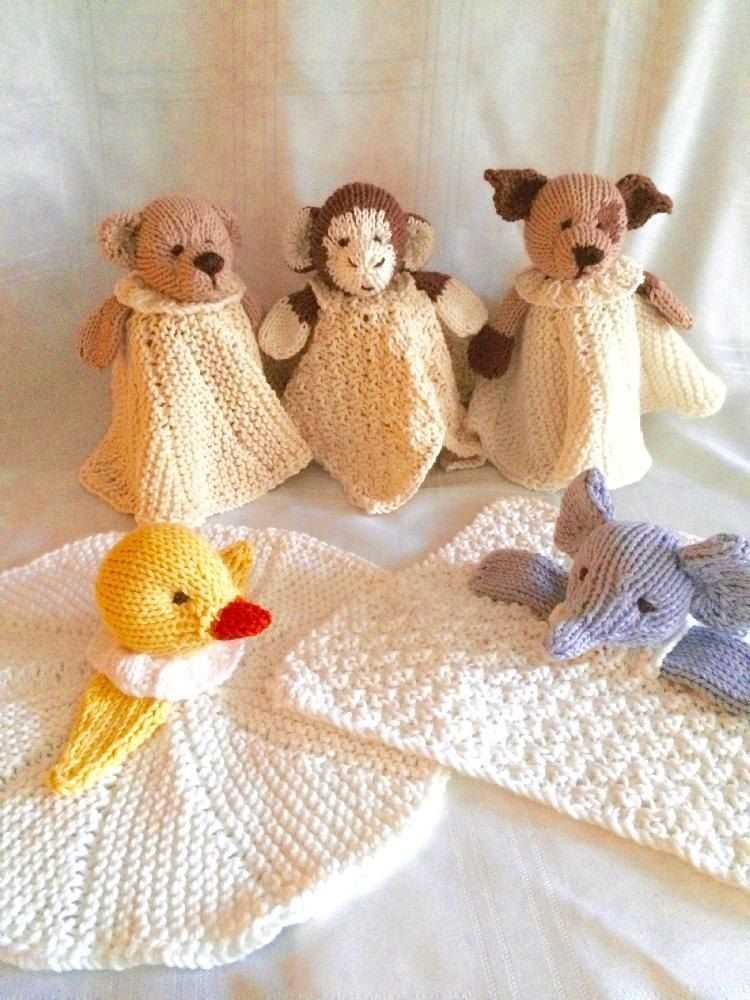
Working on such small-scale projects can put a strain on your eyes, so be sure to take regular breaks and rest your eyes. Consider using a magnifying glass or working under a good light source to help alleviate any strain.
5. Don’t be afraid to adapt and experiment
Miniature knitting patterns are a great starting point, but don’t be afraid to adapt and experiment with them. Get creative with colors, yarn choices, and stitch patterns to make each project your own. Miniature knitting is a wonderful way to showcase your knitting skills in a unique and charming way, so have fun and let your imagination run wild!
Popular Miniature Knitting Patterns
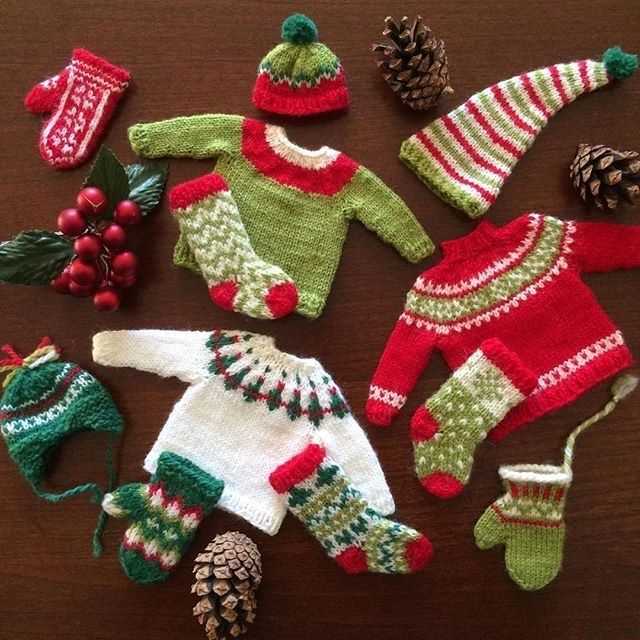
Miniature knitting is a popular craft that allows you to create adorable tiny garments and accessories. Whether you’re a beginner or an experienced knitter, there are plenty of patterns available online for free. Here are some popular miniature knitting patterns that you can try:
1. Tiny Sweaters
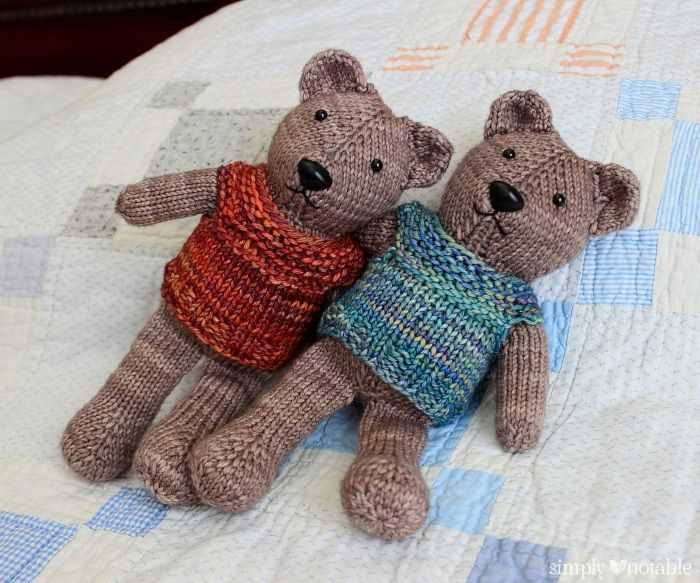
Knitting tiny sweaters is a great way to practice your knitting skills on a smaller scale. You can create sweaters for dolls, teddy bears, or even as Christmas tree ornaments. There are various patterns available for different styles and techniques, from simple stockinette stitch to more intricate cable or lace patterns.
2. Miniature Hats
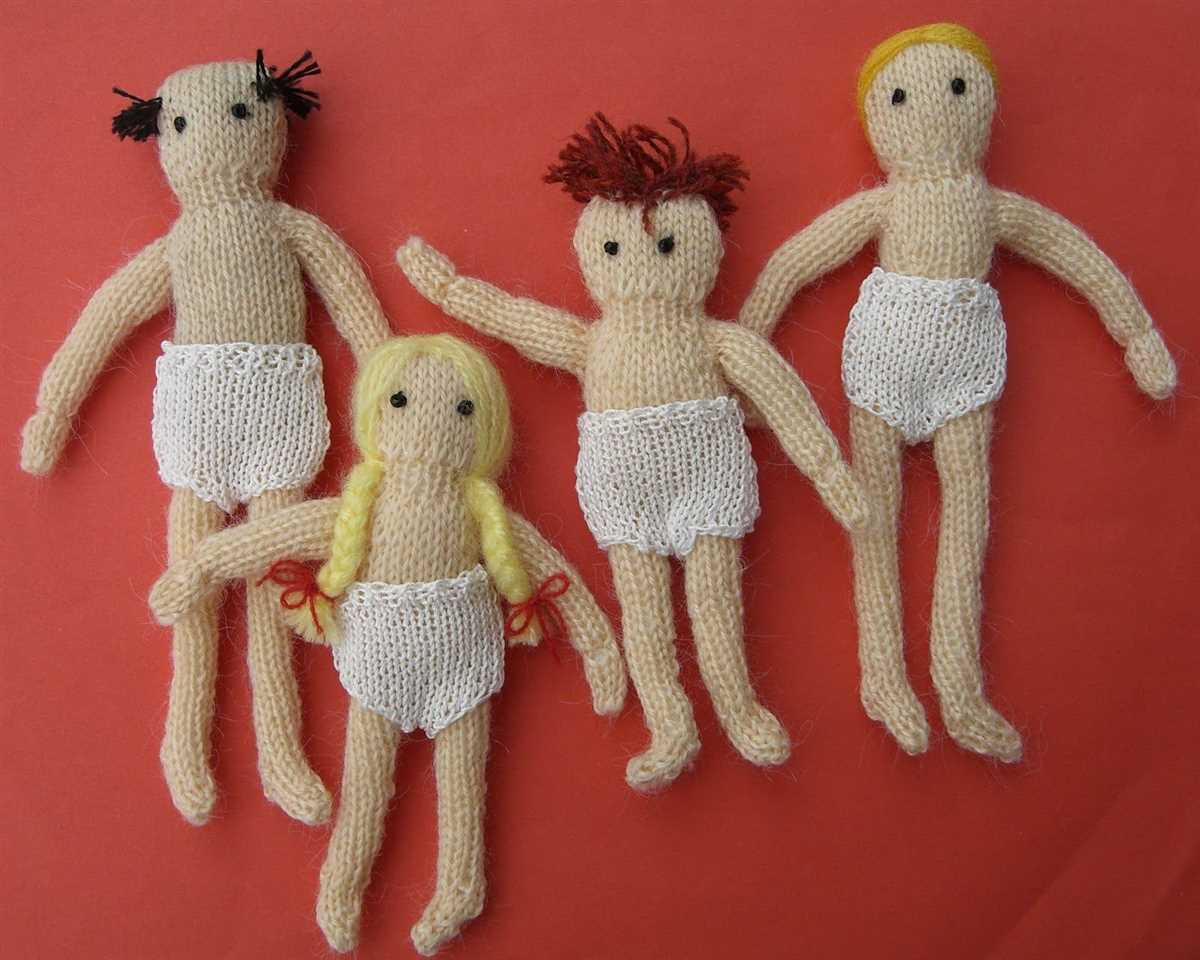
Miniature hats are another fun project that you can knit in no time. From beanies to berets, you can find patterns for different hat styles to fit dolls or small toys. Experiment with different color combinations and textures to create unique accessories.
3. Tiny Scarves
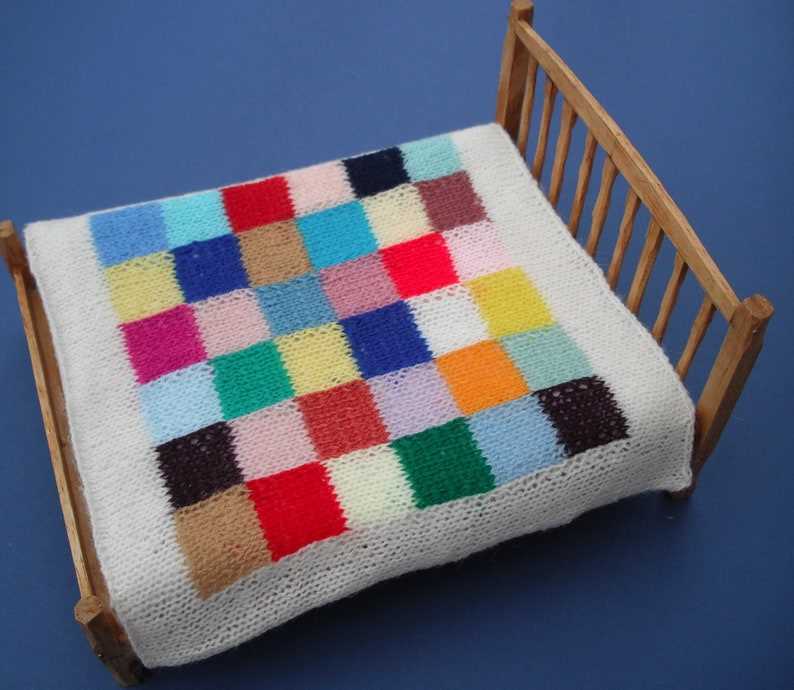
Add a touch of coziness to your miniature dolls or toys with knitted scarves. You can choose from various stitch patterns, such as ribbing or seed stitch, to create different textures. These tiny scarves are perfect for adding a pop of color to your miniature collection.
4. Dollhouse Blankets
If you enjoy knitting blankets, why not try making miniature ones for dollhouses? You can create intricate patterns with colorwork or choose a simpler design with stripes. These tiny blankets are a great addition to any dollhouse or miniature scene.
Remember to choose the right size needles and yarn for your miniature knitting projects. Pay attention to gauge to ensure that your finished items are the perfect fit. With these popular miniature knitting patterns, you’ll have fun creating tiny masterpieces!
How to find free miniature knitting patterns online
Miniature knitting is a popular hobby for many crafters, and finding free patterns online is a great way to expand your collection. Whether you’re a beginner or an experienced knitter, there are plenty of resources available to help you find the perfect pattern for your miniature project.
1. Search knitting websites and forums: Many websites dedicated to knitting, such as Ravelry and Knitting Pattern Central, offer a wide range of free patterns for miniature projects. These sites often have search filters that allow you to specify the type of pattern you’re looking for, making it easy to find exactly what you need.
2. Check out social media: Social media platforms like Instagram and Pinterest can also be valuable resources for finding miniature knitting patterns. Many crafters and designers share their patterns for free or at a low cost on these platforms, and you can easily browse through their posts and profiles to find inspiration for your next project.
3. Join online knitting communities: Online knitting communities, such as knitting groups on Facebook or knitting forums, often have members who are willing to share their own miniature knitting patterns. Joining these communities not only gives you access to a wealth of patterns, but it also allows you to connect with other knitters and share tips and advice.
4. Utilize video tutorials: YouTube and other video platforms are excellent sources of free miniature knitting patterns. Many crafters and knitting experts upload video tutorials that provide step-by-step instructions for creating various miniature items, from tiny sweaters to miniature scarves. These videos can be a valuable resource for visual learners.
5. Explore online knitting magazines: Online knitting magazines often have sections dedicated to miniature knitting patterns. These magazines usually offer a mix of free and paid patterns, allowing you to choose the ones that suit your budget and preferences. Subscribing to these magazines can be a great way to stay updated on the latest miniature knitting trends and find new patterns to try.
With a little bit of research and exploration, you can easily find a wealth of free miniature knitting patterns online. Take the time to browse through various websites, social media platforms, and online communities to find patterns that inspire you and fit your skill level. Happy knitting!
Step-by-step instructions for knitting miniature items
Creating miniature knitted items can be a fun and rewarding project for crafters of all skill levels. Whether you want to make tiny mittens for a doll or a miniature sweater for a keychain, following step-by-step instructions is crucial to achieve the desired result.
1. Gather your materials
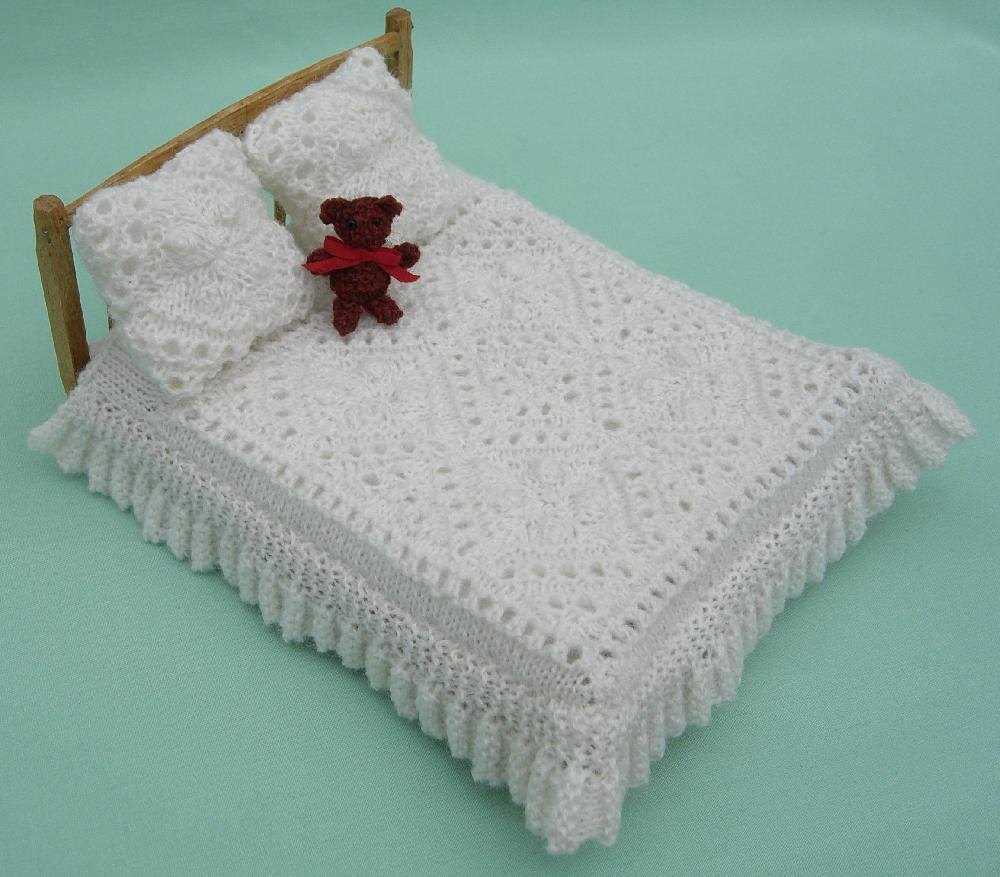
Before you start knitting, gather all the necessary materials. This will typically include small knitting needles, yarn in the desired colors, a stitch marker, and a tapestry needle for weaving in ends.
2. Choose your pattern
Select a miniature knitting pattern that suits your project. Many websites offer free patterns specifically designed for miniature items. Make sure to choose a pattern that matches your skill level and preferences.
3. Begin with a gauge swatch
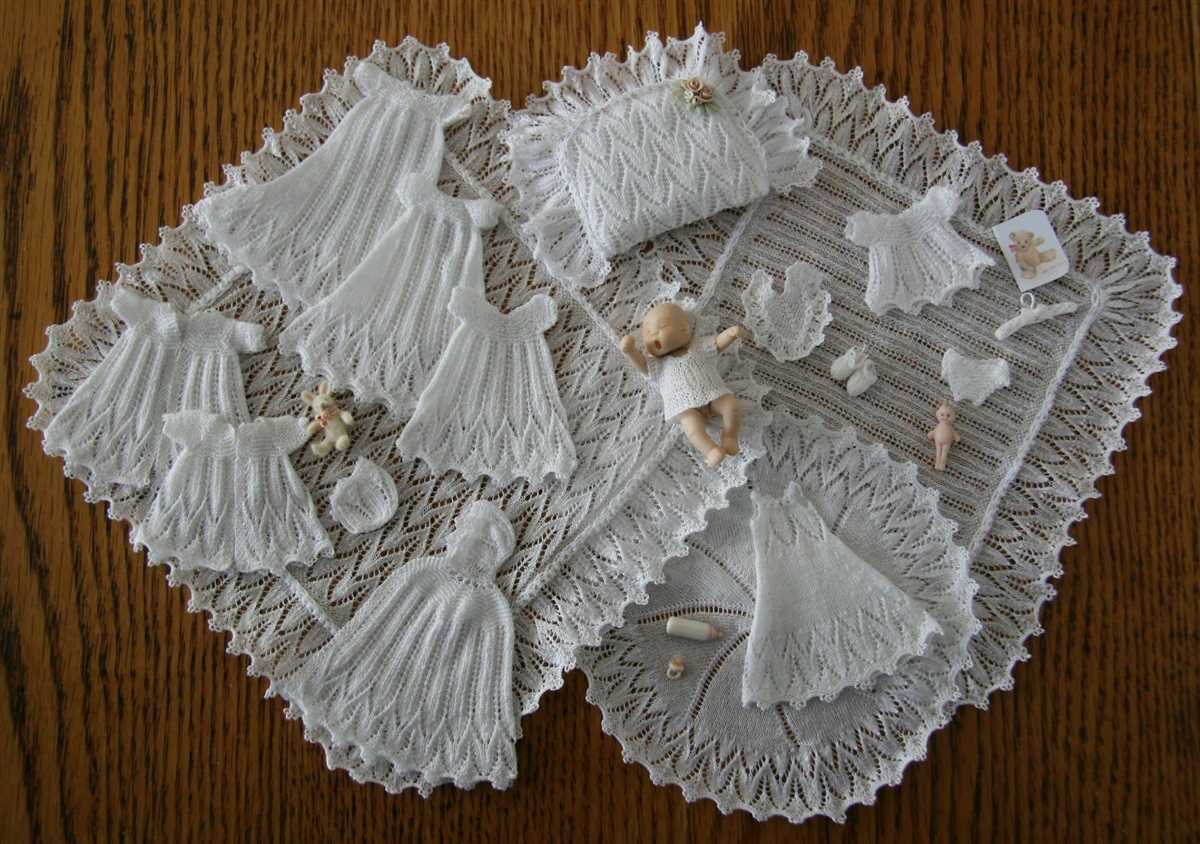
Since you are working on a small scale, it’s important to start with a gauge swatch to ensure your finished item will be the correct size. Knit a small square using the specified needles and yarn, and measure the number of stitches and rows per inch to determine if your gauge matches the pattern’s requirements.
4. Follow the pattern instructions
Once you have established the correct gauge, follow the pattern instructions step by step. Pay attention to any abbreviations or special stitches mentioned and make sure to count your stitches regularly to ensure accuracy.
5. Finishing touches
Once you have completed all the required sections of the pattern, it’s time to add the finishing touches. This may involve seaming any seams, attaching buttons or other embellishments, and weaving in loose ends.
By following these step-by-step instructions, you will be able to successfully knit miniature items of your choice. Remember to have fun and experiment with different patterns and yarns to create unique and personalized creations!
Common mistakes to avoid when knitting miniature items
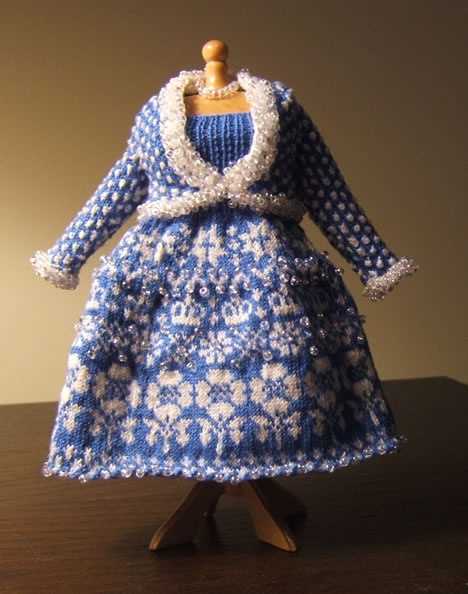
Knitting miniature items can be a challenging and rewarding hobby. Whether you’re creating tiny dolls, animals, or accessories, it’s important to pay attention to detail and avoid common mistakes that can affect the overall appearance of your finished piece. Here are some key mistakes to avoid:
1. Using the wrong weight of yarn
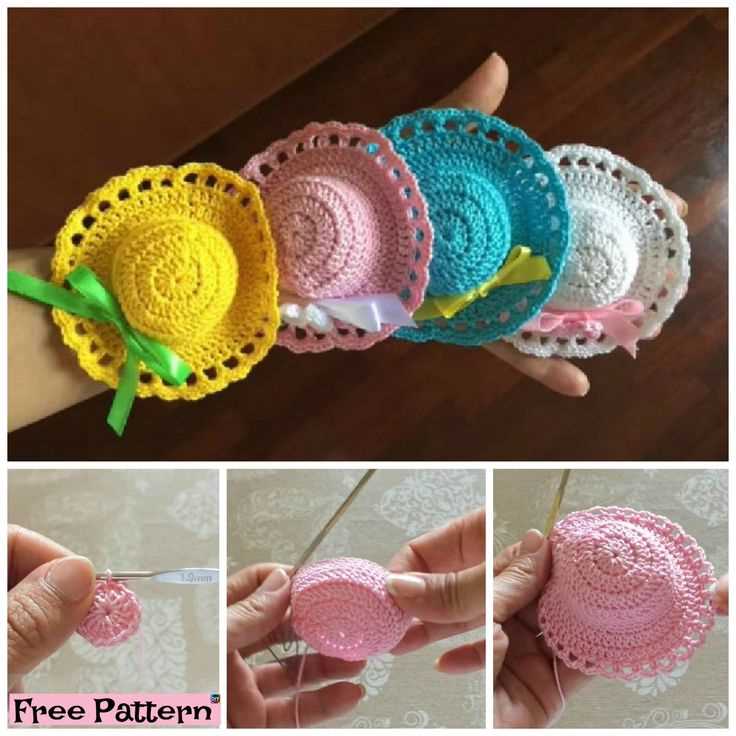
Choosing the right weight of yarn is crucial when knitting miniature items. Using a yarn that is too bulky can result in a piece that looks oversized and lacks the delicate, intricate details that make miniatures so enchanting. On the other hand, using a yarn that is too fine may make the knitting process difficult, and the final piece may appear lackluster. Be sure to carefully select a yarn that is appropriate for the scale of your project.
2. Neglecting proper tension
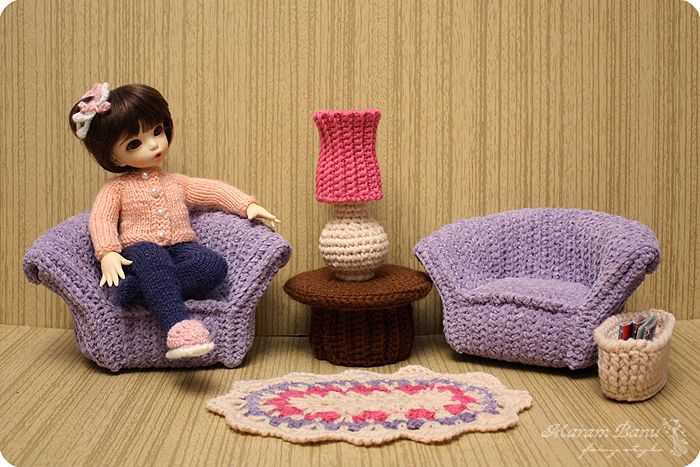
Knitting with consistent tension is essential for creating uniform stitches and an even appearance in miniature knitting. Uneven tension can cause the finished piece to look lumpy or distorted, which can be disappointing after investing time and effort into your project. Practice maintaining consistent tension by knitting small swatches before starting your project, and adjust your technique as needed.
3. Skipping the gauge swatch
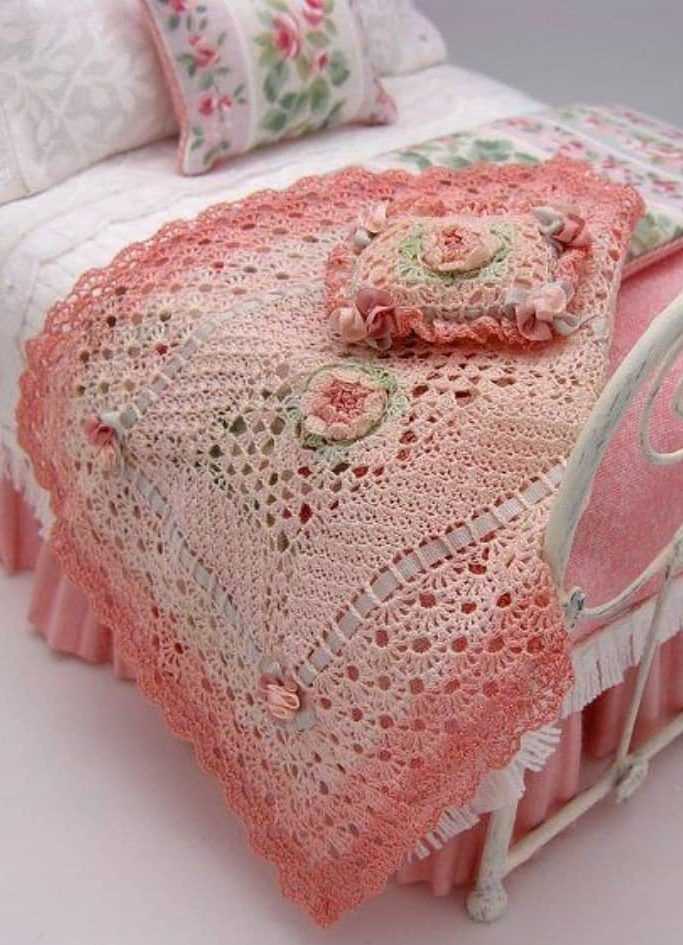
It can be tempting to skip the gauge swatch when working on miniature items, especially when it seems like such a small project. However, failing to check your gauge can lead to unexpected sizing issues. Even slight variations in tension or yarn choice can significantly impact the size and fit of your final piece. Take the time to knit a gauge swatch and compare it to the pattern specifications to ensure your project will turn out the way you envision it.
4. Overcomplicating the design
When knitting miniature items, it’s important to remember that simplicity is often key. Intricate stitch patterns or complicated construction techniques can be difficult to execute on a small scale and may not showcase well in the finished piece. Opting for simpler designs and focusing on clean lines and well-defined details will often yield more successful results.
5. Rushing through the finishing touches
The finishing touches can make all the difference in creating a polished and professional-looking miniature item. Take the time to carefully weave in ends, block your piece if necessary, and add any desired embellishments or finishing details. Paying attention to these final steps can elevate your project from looking homemade to looking like a true work of art.
Avoiding these common mistakes will help ensure that your miniature knitting projects turn out beautifully and accurately reflect your skills and creativity. Remember to take your time, practice good technique, and enjoy the process of creating these tiny treasures.
How to modify miniature knitting patterns to fit your needs
Miniature knitting can be an enjoyable and rewarding hobby, but sometimes the patterns available do not match your specific needs or preferences. Thankfully, there are ways to modify these patterns to fit your requirements.
1. Adjusting the size
If the miniature knitting pattern you have chosen is too large or too small for your project, you can easily adjust the size. To make the pattern smaller, you can use thinner yarn or smaller needles. Alternatively, if you want a larger finished product, you can use thicker yarn or larger needles. Keep in mind that changing the size of the pattern will also affect the number of stitches and rows you need to complete.
2. Customizing the design
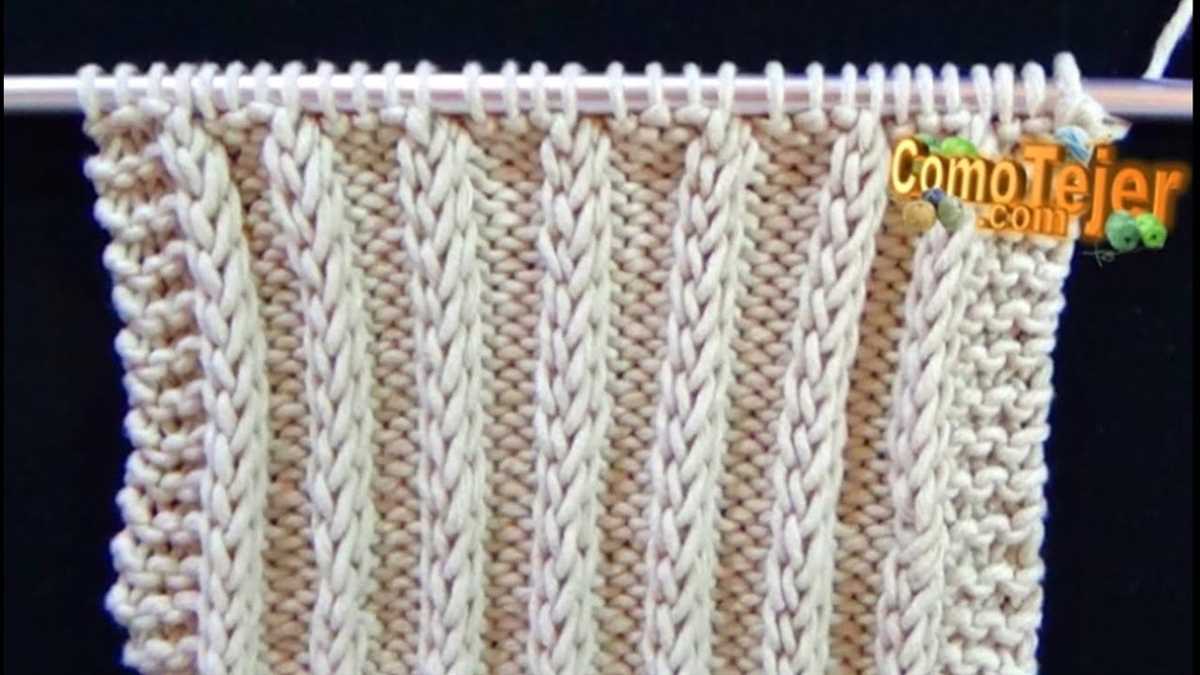
If you want to add your personal touch or modify the design of the miniature knitting pattern, there are several ways to do so. You can incorporate different stitch patterns or colorwork techniques to create a unique look. Additionally, you can experiment with different types of yarn or add embellishments such as beads or buttons to enhance the overall aesthetic of the piece.
3. Adapting for different skill levels
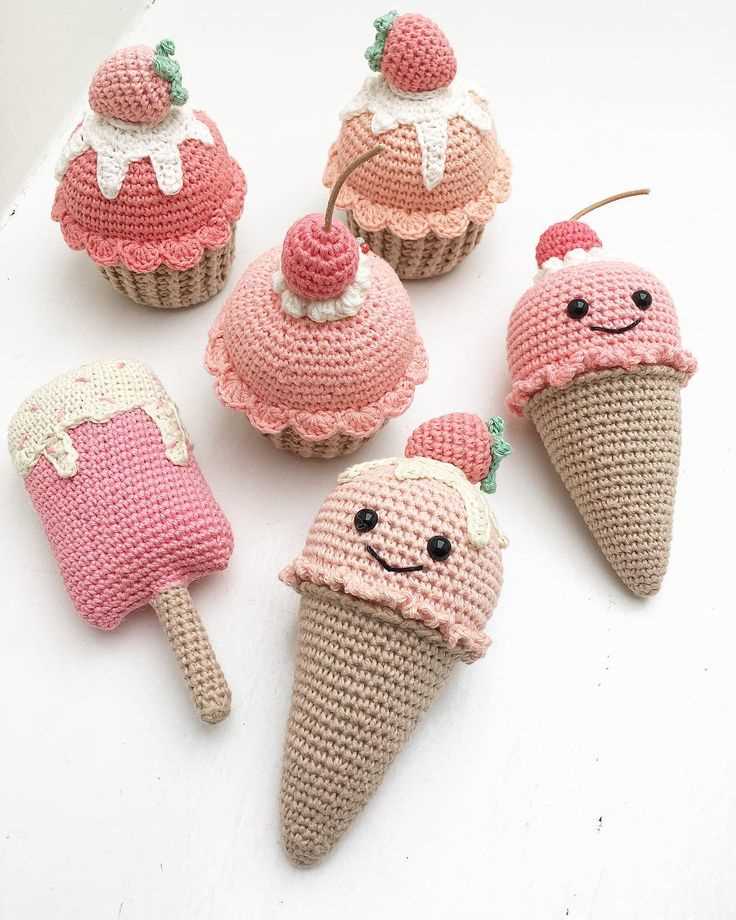
If you find that a miniature knitting pattern is too challenging or too simple for your skill level, it is possible to adapt it accordingly. For beginners, you can simplify the pattern by removing complex stitch patterns or intricate details. On the other hand, more advanced knitters can challenge themselves by adding intricate stitch patterns or incorporating more complex techniques into the design.
4. Making adjustments for specific measurements
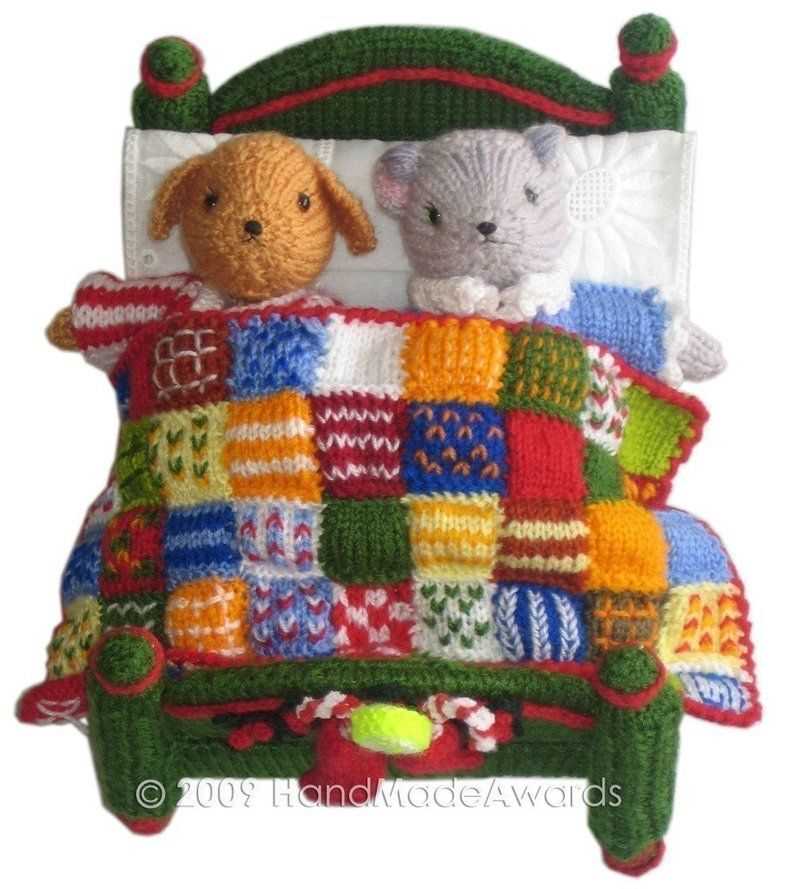
Sometimes, you may want to modify a miniature knitting pattern to fit specific measurements or proportions. For example, if you are making a miniature sweater for a specific doll or toy, you can measure the doll’s dimensions and adjust the pattern accordingly. This may involve altering the number of stitches or rows in certain sections or adjusting the shaping to fit the desired measurements.
Overall, modifying miniature knitting patterns allows you to make the project truly your own. Whether you are adjusting the size, customizing the design, adapting for different skill levels, or making adjustments for specific measurements, these modifications can help you create a unique and personalized finished piece.
Miniature Knitting Patterns for Beginners
Knitting miniature items can be a fun and rewarding hobby. It allows you to create tiny, intricate pieces that can be used for various purposes such as dollhouse decorations, jewelry, or even as gifts for loved ones. If you’re new to knitting and interested in trying out miniature patterns, here are a few beginner-friendly options to get you started.
1. Miniature Hats: Knitting tiny hats is a great way to practice basic knitting techniques and create adorable accessories for dolls or decorative purposes. You can start with simple patterns that involve knitting in the round and shaping the crown of the hat. Experiment with different stitches and colors to make each hat unique.
2. Miniature Scarves: Scarves are another popular item to knit on a miniature scale. They are a great project for beginners as they allow you to practice basic knitting and purling stitches. You can choose to make a straight scarf or try more advanced techniques like lace or cable stitches for a more intricate design.
3. Miniature Sweaters: Knitting miniature sweaters is a bit more challenging but can be a rewarding project once you get the hang of it. Start with simple patterns that involve basic stitches and gradually move on to more complex designs. Remember to take accurate measurements and use thin yarn to achieve the desired size.
4. Miniature Socks: Knitting miniature socks is a great way to practice knitting in the round and experimenting with different stitch patterns. You can create cute socks for dolls or even use them as keychain accessories. Begin with simple patterns that involve basic sock construction and gradually try more complex techniques like stranded colorwork or lace.
5. Miniature Toys: Knitting miniature toys is a fun and creative way to practice your knitting skills. Start with simple patterns like tiny animals or dolls that involve basic shaping techniques. As you gain confidence, you can move on to more intricate designs like miniatures of buildings or vehicles using intarsia or fair isle techniques.
Remember, practice makes perfect, so don’t be discouraged if your first attempts are not perfect. Just keep trying and enjoy the process of creating beautiful miniature knitted pieces. With time and practice, you’ll be able to create intricate and impressive designs!
Miniature knitting patterns for advanced knitters
For advanced knitters looking for a new challenge, miniature knitting patterns offer a unique and intricate project to showcase their skills. These patterns are designed to create tiny garments or accessories that are perfect for dolls or display purposes. With their small size, these projects require precision and attention to detail, making them an ideal choice for experienced knitters who are looking to take their craft to the next level.
One popular type of miniature knitting pattern for advanced knitters is doll clothes patterns. These patterns often include instructions for sweaters, dresses, hats, and even tiny socks and shoes. Knitting doll clothes requires working with delicate yarn on small needles, and each stitch must be carefully executed to create a perfectly fitted garment for the doll. Advanced knitters can challenge themselves by incorporating complex stitch patterns or intricate lacework into their doll clothes creations.
Another type of miniature knitting pattern that is popular among advanced knitters is miniature animal patterns. These patterns allow knitters to create tiny stuffed animals or creatures, each with its own unique details and characteristics. From miniature kittens and puppies to tiny birds and insects, these patterns offer endless opportunities for creativity and skill. Knitting miniature animals often involves working with multiple colors and intricate shaping techniques, making it a challenging yet rewarding project for advanced knitters.
When working on miniature knitting patterns, attention to detail and patience are key. Each stitch must be carefully executed to ensure a well-fitted and proportional finished piece. Knitters must also pay close attention to gauge and tension to ensure that the final product is the desired size. Advanced knitters will enjoy the challenge of working on these intricate projects and the satisfaction of creating something truly unique and impressive.
Final Thoughts on Miniature Knitting Patterns
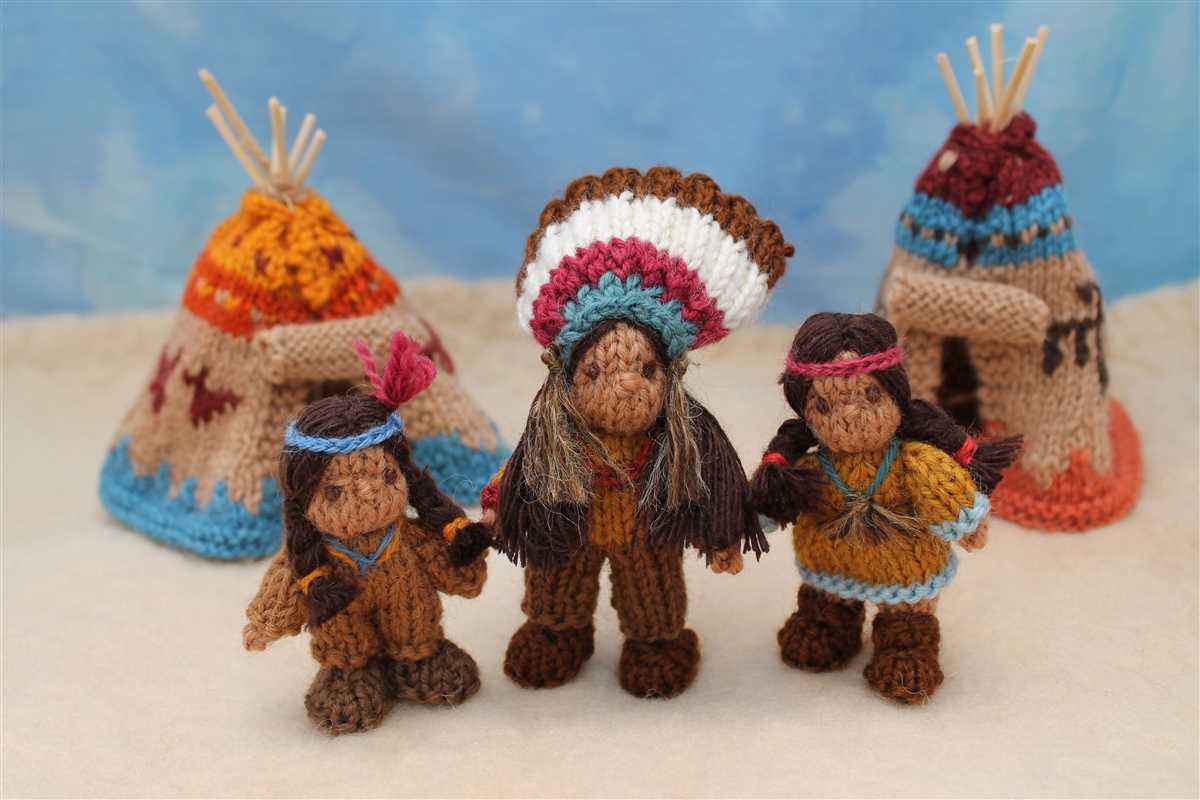
Miniature knitting patterns can be a fun and rewarding way to showcase your knitting skills on a smaller scale. Whether you’re knitting mini garments for dolls or creating tiny accessories for your home, there are endless possibilities for creativity and experimentation.
One of the advantages of miniature knitting is that it allows you to complete projects relatively quickly, making it a great option for those who enjoy instant gratification. The small size also means that you can easily carry your knitting projects on the go, making it a portable and convenient hobby.
If you’re new to miniature knitting, it’s important to start with simpler patterns and gradually work your way up to more complex designs. Take the time to familiarize yourself with techniques specific to miniature knitting, such as working with tiny needles and thin yarns. Don’t be discouraged if your first attempts don’t turn out perfectly – practice makes perfect, and with time and patience, you’ll get better and more confident in your miniature knitting skills.
When it comes to finding miniature knitting patterns, there are numerous resources available online, including websites, forums, and social media platforms dedicated to this specific niche. These resources can provide inspiration, tips, and even free patterns to get you started. Additionally, many knitting magazines and books also feature miniature patterns, so be sure to explore these options as well.
In conclusion, miniature knitting patterns offer a unique and enjoyable way to experiment with your knitting skills. Whether you’re a seasoned knitter looking for a new challenge or a beginner looking to try something different, miniature knitting can provide a rewarding experience. So, grab your needles and yarn, and start exploring the world of miniature knitting!